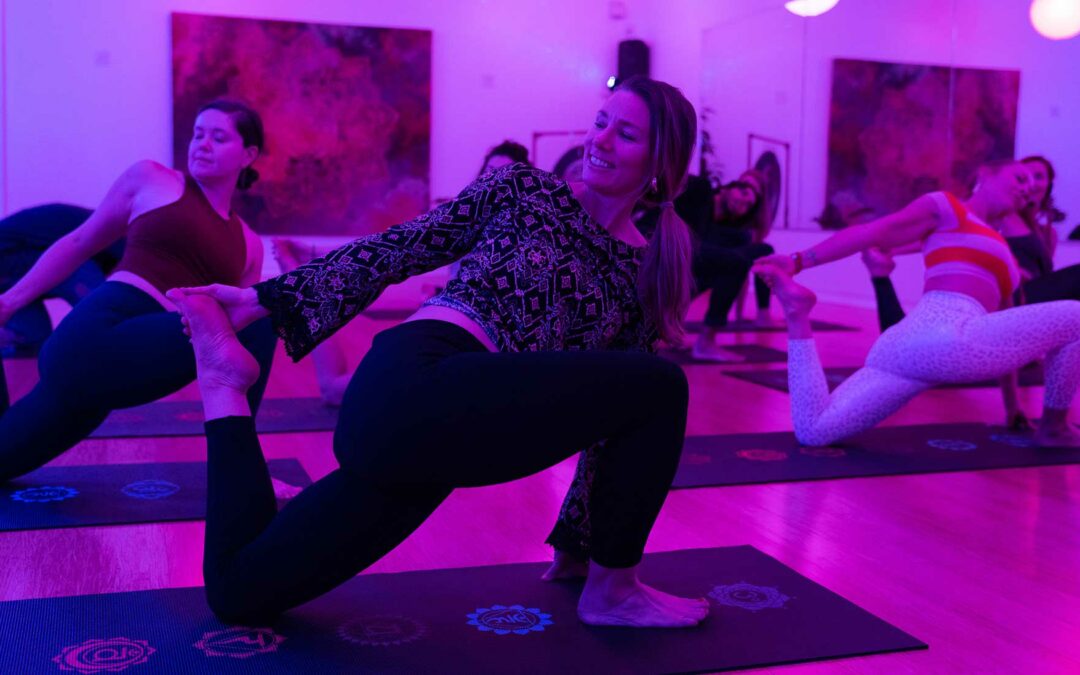Unearthing the Ancient Origins of Yoga: The Oldest Known Form of Yoga
Yoga, with its deep philosophical roots and myriad physical and mental benefits, has captivated millions of people worldwide. While modern yoga takes various forms and styles, each with its unique approach, philosophy, and goals, its origins can be traced back to ancient India. Among the diverse types of yoga that have evolved over millennia, one stands out as the oldest known form of yoga: Hatha Yoga.
Hatha Yoga: The Foundation of All Yoga
Hatha Yoga, pronounced “HAH-tuh yoga,” is often referred to as the foundational practice from which all other forms of yoga have emerged. The word “hatha” itself is a combination of two Sanskrit words: “ha” meaning “sun” and “tha” meaning “moon.” This reflects the fundamental principle of balance and union at the heart of Hatha Yoga – the harmonization of opposing forces.
The Origins of Hatha Yoga
The origins of Hatha Yoga can be traced back to ancient Indian texts known as the Hatha Yoga Pradipika and the Shiva Samhita. These texts, written between the 12th and 17th centuries CE, provide valuable insights into the practice and philosophy of Hatha Yoga. However, Hatha Yoga’s roots extend even further into antiquity, reaching back to the early centuries of the Common Era.
Early mentions of Hatha Yoga can be found in ancient texts like the Bhagavad Gita and the Yoga Sutras of Patanjali, which were written around 500 BCE. These references, while not comprehensive, allude to physical and meditative practices that bear similarities to the principles of Hatha Yoga. The Bhagavad Gita, for example, mentions controlling the breath as a means of calming the mind, which is a key component of Hatha Yoga.
Hatha Yoga: A Union of Body and Mind
At its core, Hatha Yoga seeks to unite the physical body (represented by the sun, or “ha”) with the mental and spiritual aspects (represented by the moon, or “tha”). This union is achieved through a combination of physical postures (asanas), controlled breathing techniques (pranayama), meditation, and cleansing practices (shatkarma). The goal is to balance and purify the body and mind, preparing them for higher states of consciousness and spiritual awakening.
Key Components of Hatha Yoga
Asanas: Hatha Yoga places a strong emphasis on physical postures to improve flexibility, strength, and balance. These asanas are designed to activate and balance the body’s energy centers, or chakras, promoting physical and mental well-being.
Pranayama: The practice of controlled breathing is integral to Hatha Yoga. Various breathing techniques are employed to enhance the flow of prana (life force) within the body, resulting in increased vitality and mental clarity.
Meditation: Hatha Yoga includes meditation to calm the mind, improve concentration, and connect with the inner self. This aspect of the practice helps individuals gain greater self-awareness and self-realization.
Shatkarma: Cleansing practices are essential in Hatha Yoga to purify the body and prepare it for deeper spiritual experiences. These practices include cleansing the digestive system, nasal passages, and the mind itself.
The Enduring Legacy of Hatha Yoga
Hatha Yoga’s rich history and its continued relevance in the modern world attest to its enduring legacy. As the oldest known form of yoga, it has served as the foundation upon which numerous other yoga styles and practices have been built. Whether one’s goal is physical fitness, mental clarity, or spiritual awakening, Hatha Yoga provides a comprehensive framework for achieving holistic well-being.
Hatha Yoga stands as a testament to the timeless wisdom of ancient Indian sages who sought to unlock the full potential of the human experience. Its balanced approach to physical and mental health has resonated with countless practitioners throughout history and continues to do so today. By honoring the ancient roots of Hatha Yoga, we can deepen our understanding of this ancient practice and harness its transformative power in our modern lives.

